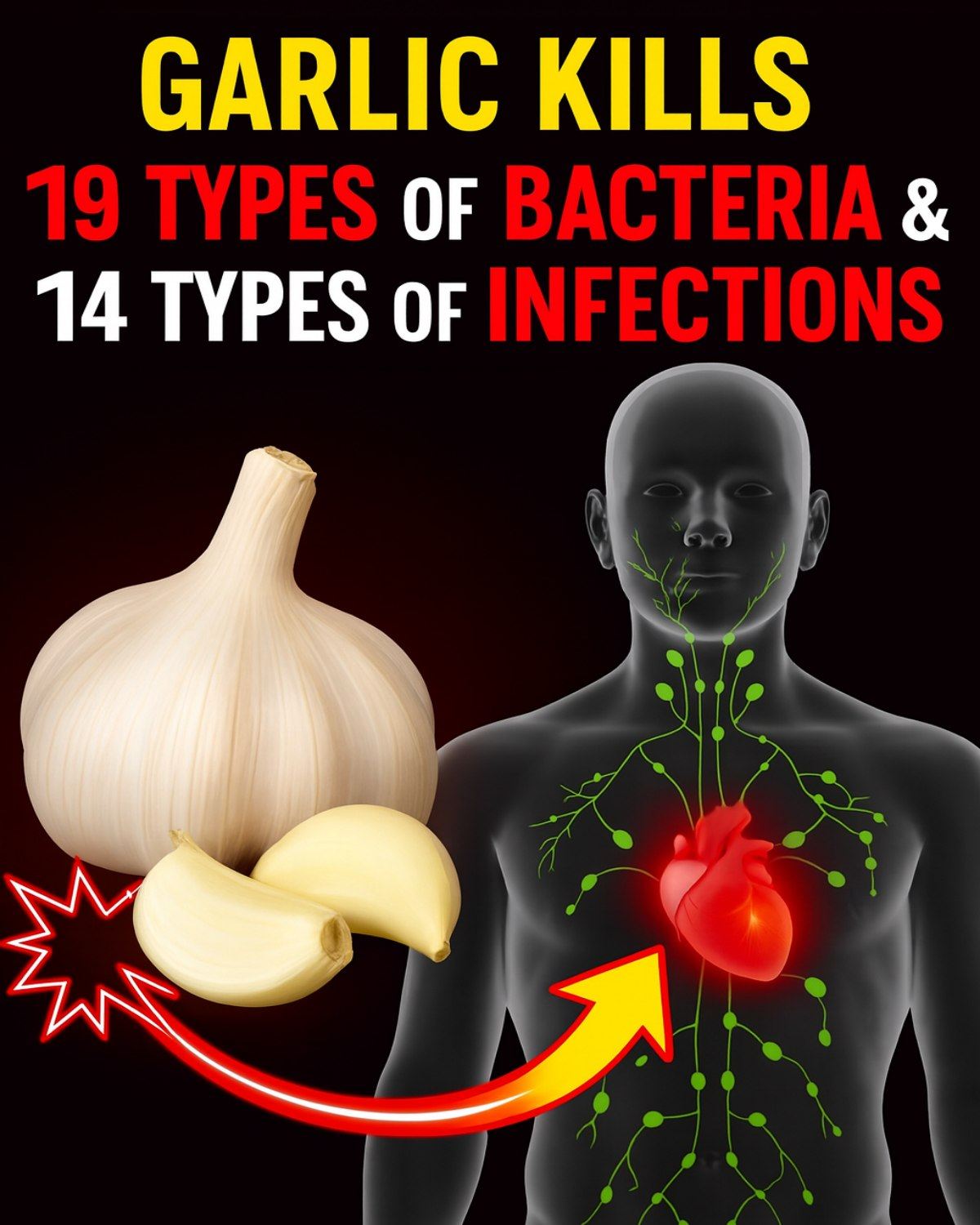Garlic has been used for centuries as a natural remedy, and many claims circulate online about its “superpowers,” including the idea that it kills 14 types of bacteria and 13 types of infections.
So, what does science really say?
⭐ 1. Garlic Has Real Antibacterial Properties
Garlic contains allicin, a powerful natural compound created when fresh garlic is crushed or chopped.
Laboratory studies show that allicin can:
Slow down bacterial growth
Damage bacterial cell walls
Help the body fight infections
Some bacteria affected by garlic in lab conditions include:
E. coli
Salmonella
Staphylococcus aureus
Helicobacter pylori (linked to stomach ulcers)
Klebsiella species
👉 This means garlic really does have antibacterial activity, but…
⚠️ 2. The “14 bacteria, 13 infections” claim is exaggerated
There is no official scientific list that says garlic kills exactly “14 bacteria and 13 infections.”
This number usually comes from viral posts or alternative-health websites, not medical research.
Garlic can help support the body’s fight against microbes, but it is not a replacement for medical treatment.
⭐ 3. Garlic Has Antifungal & Antiviral Effects Too
Some studies show benefits against:
Candida (yeast infections)
Fungal skin infections
Certain viruses (like the common cold)
But again, these results come from lab studies — meaning garlic works well in a petri dish, not necessarily as a cure inside the human body.
📌 4. How Garlic Helps in Real Life

